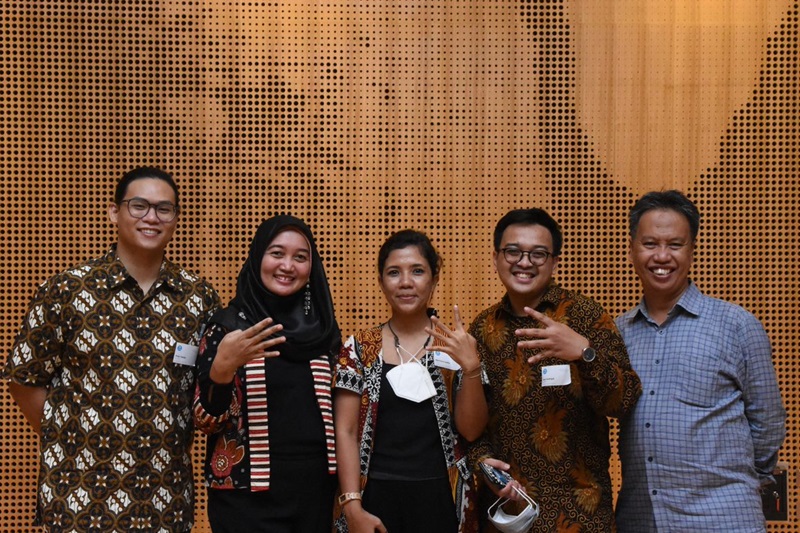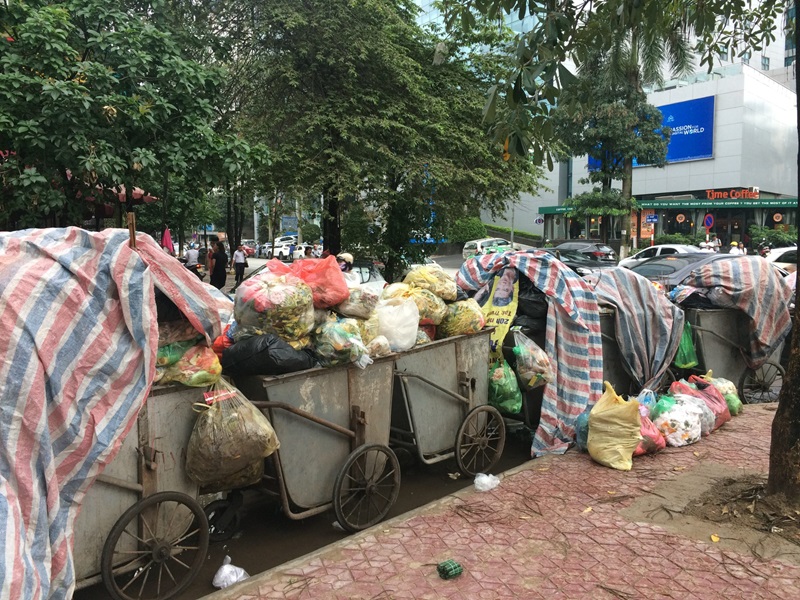Fighting plastic waste in the Indo-Pacific
By Natalie Kikken
Amelia Fyfield knows firsthand the issues of plastic waste in the Indo-Pacific.
“When I lived in Indonesia, I saw beaches where it was too difficult to swim due to plastic littering the ocean. I’ve also been witness to marine life entangled,” Amelia shared.
“When it rains, the problem gets worse. Plastic accumulates in drainage systems. This floods houses, stops traffic and puts people’s safety at risk.”
Despite these detrimental impacts, Amelia is feeling inspired. She has a front-row seat to new and creative innovations with the potential to reduce plastic waste.

A hub for plastic waste solutions
Amelia is our Director for Southeast Asia and is part of our Ending Plastic Waste Mission. In her role, she helps bridge the gap between research and investment to reduce plastic waste in the Indo-Pacific.
“There is no silver bullet to solving the plastics issue. We need to be attacking the problem on a variety of fronts,” Amelia said.
This is where the Indo-Pacific Plastics Innovation Network comes in. It is being delivered with partners from across government, research and industry. The network offers a range of innovation, incubation and acceleration programs to develop deep-tech solutions that can make an impact on reducing plastic waste.
Amelia has played a critical role in supporting the co-design. The group have launched Plastic Innovation Hubs in both Indonesia and Vietnam this year. And a Mekong Hub is planned for 2023.
“Through the hubs, we’re bringing together researchers, SMEs, government, industry and investors to assess what’s working and what’s not. This enables us to validate ideas and measure their potential impact for use in the real-world,” Amelia said.
“It’s not enough to just have good science. We also need a compelling investment case. We need to show the financial benefits and how the science can help solve the problem. This will maximise the chance of adoption and success.”

Research for real-world impact
One example is the development of a sprayable biodegradable mulch for use in agriculture. Traditionally, farmers use plastic mulch film (PMF) to help control weeds and preserve soil moisture for crops. But when PMFs come to their end of life, they are often burnt or buried, contaminating the environment.
SBM-TranspiratiONal is a sprayable biodegradable mulch to replace PMFs. The mulch is easy to apply with existing farm machinery and biodegrades within the crop cycle leaving no residue. Through their involvement in the Plastics Innovation Hub Indonesia, the SBM team has been able to tailor their offering for the Indonesian market and are in discussions with one of Indonesia’s largest agricultural input suppliers to test the technology.
Indo-Pacific calling
It was back in school that Amelia became interested with Indonesian culture and language. This sparked her interest in creating change in the Indo-Pacific.
“When my older brother started high school, French was the only language on offer. But my year level was the first to have the chance to study Indonesian, and I just loved it. This led me to pursue a degree in Asian Studies at the Australian National University, which has provided me with a strong foundation for working in the Indo-Pacific.”

Amelia is now fluent in Indonesian and is currently based in Singapore.
“The Indo-Pacific is an important maritime crossroads and marine hub globally,” Amelia said.
“It offers a range of science commercialisation opportunities which are strategically important for Australia.
“Plastic waste doesn’t have a passport. It crosses international boundaries. It’s important we work together with partners in our region to scale up solutions to protect our marine environment.”
Along with tackling plastic waste, Amelia is also working on pathways to increase energy, health and food security for the region. This includes low emissions technology, such as hydrogen, and improving regional collaboration on bioprotection.
Amelia’s work in the Indo-Pacific is part of our mission to achieve an 80 per cent reduction of plastic waste entering the Australian environment by 2030.


